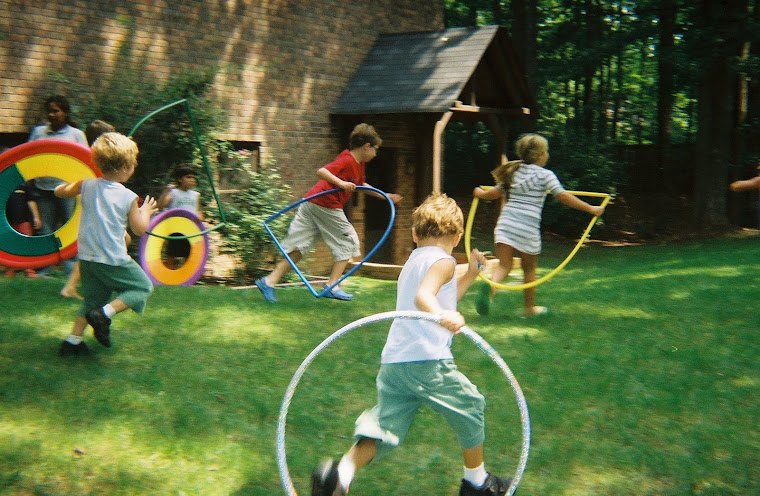We have this need to find the right band-aid, kiss it just
right, and make all our children’s hurts magically disappear. When they do not, we, the Mothers, have
failed.
I am not talking about just your average mistake and move on
type failures, these are FAILURES, worthy of expulsion from the “Mother Clubs
of America”, revoking all PTA cards and as well as their rights and privileges
there unto appertaining; an indelible black mark on our transcripts from the
University of Parenting.
This is probably true for most of us Moms, but even more so
if our children have developmental challenges.
We are a particularly fragile bunch of Moms. We have endured the stares at the baggage
claim in airports as our child had a meltdown for no real particular
reason. We have gotten the “look” at
restaurants when our child spoke to loudly or impulsively touched
something. We have sat across from the
well-meaning teacher who stated rather matter of factly, “your child is just
different” (from the other kids).
And so, we the ultimate family fixer set off upon hearing
those words to find, not just a solution, but the best solution. It was a journey into an unknown arena where
everyone was an expert but us. At times the advice made our heads swim and
squeezed out what little confidence we had that we were really up to the
challenge of doing the right thing for this child with whom we had been
trusted.
All the advice, do this therapy, take this medicine, no one
seemed to get that the caregiver needed some attention too. “What do you mean
you are not taking him to OT/PT/Speech and hippotherapy, he needs it!” “Oh, and
by the way let’s not forget Hebrew School.” So we are easily misguided into
thinking more is better and better means Moms Never Rest!
STOP!!! BACK UP!! Is this you or someone you know?
If it was anyone else, doing anything else, we would advise,
“don’t burn the candle at both ends”… “don’t stretch yourself too thin”… “don’t
ear yourself out” “you could make yourself
sick, you know”…and somehow this good advice is denied the parent of the
challenged child. Instead the message is do more, don’t stop, this is how you
show love. Oh, you have other kids, a husband, they’ll understand!
B-o-l-o-n-e-y!!! You show love by being able to be there as
a whole person, and as the song goes, “…the greatest love of all is learning to
love yourself”. Ride in an airplane and
the stewardess reminds “adults traveling with small children, in the case of an
emergency, to put the mask on themselves first”. How novel, you can’t be functional for
someone else unless you are first fully functional.
And that is where Respite Care comes in. Everyone needs a
break. It is not desertion. It is not a lack of love. It is not bad parenting.
It is the one and true way of saying to everyone, I care so much about what I
am doing as a parent that I am going in insure that I am here 100%, not just
for my challenged child and for the rest of my family as well. And I am going to do this by making sure I fill
my emotional and physical “tank” when the levels get low.
Respite care does not have to be expensive. It can be a
weekend 36-48 hours away at a friend’s home, a trip to family, etc. And it is the best gift the rest of the
family can give Mom. Not Super-Mom, just Mom, who is there for all of them all
the time. It can also be a trip away for
the child. Visiting place without the family can be a growth experience for the
child, and give Mom some uninterrupted focus time for the children who might be
feeling short-changed in the scheme of things.
So the next time Mom looks a bit frazzled, the atmosphere a
bit tense, step back and offer her the “mask first”. Respite Care can be the
most caring thing we do for the whole family.
Susan N. Schriber Orloff, OTR/L, FAOTA is the author of the book.
“Learning RE-Enabled” a guide for parents, teachers and therapists,(a National
Education Association featured book) as well as the GA OT of the Year 2006
and the CEO/Exec. Director of Children’s
Special Services, LLC an occupational therapy service for children with
developmental and learning delays in Atlanta, GA. She can be reached through her website at www.childrens-services.com or at
sorloffotr@aol.com.
